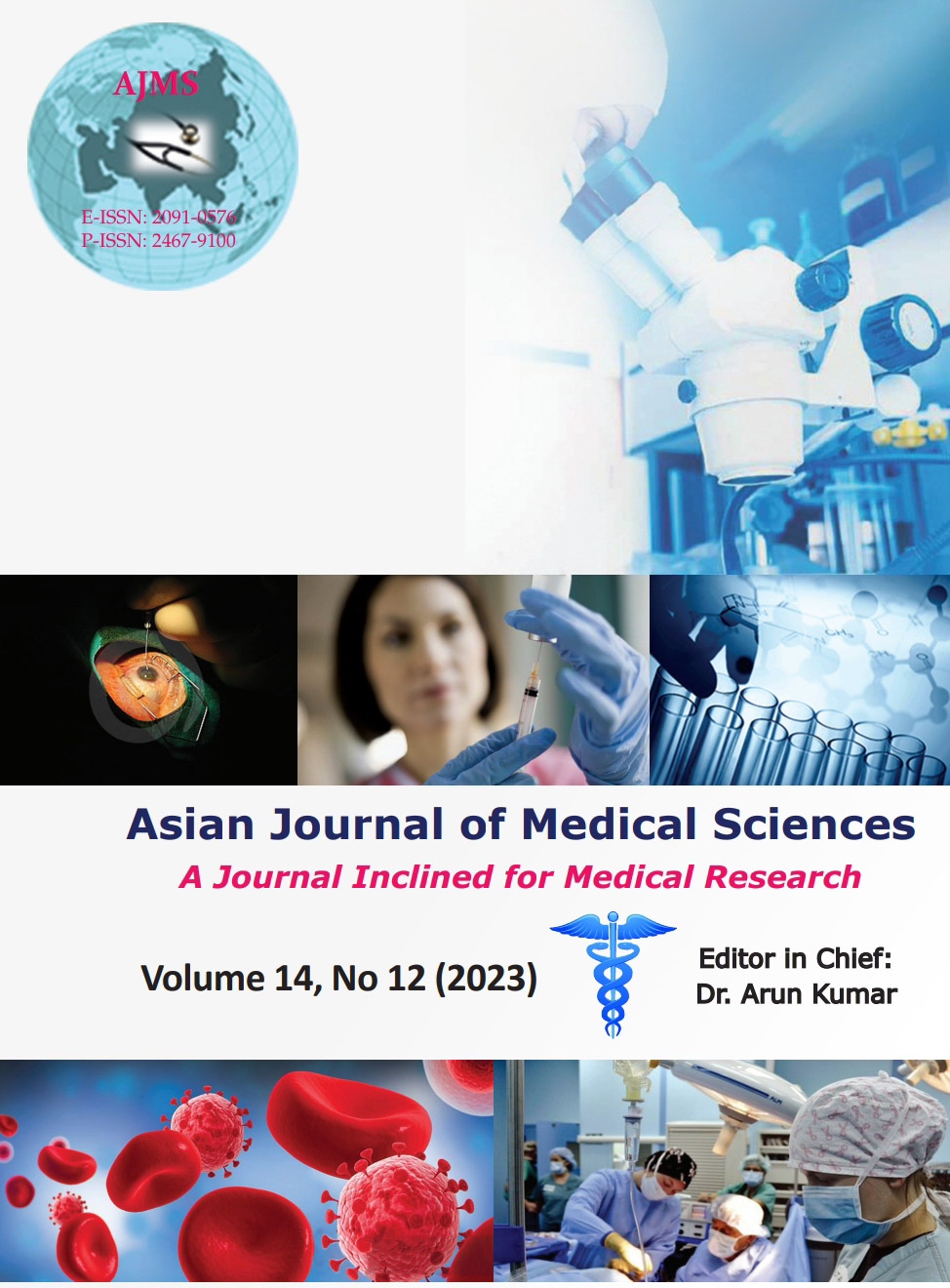Endoscopic third ventriculostomy versus ventriculoperitoneal shunt in patients of hydrocephalus in eastern India: A prospective observational study
Keywords:
Endoscopic third ventriculostomy; VP shunt; Hydrocephalus; Non-communicating hydrocephalusAbstract
Background: Hydrocephalus is a disorder of cerebrospinal fluid (CSF) physiology, resulting in an abnormal enlargement of the ventricles due to excessive accumulation of CSF. Although neurosurgical treatment has evolved over time with ventriculoperitoneal shunt (VPS) as the standard of care, procedure-related complications and poor long-term cognitive and motor milestone outcomes are still considerable, justifying the need for safer alternatives. Endoscopic third ventriculostomy (ETV) has emerged as a promising prospect especially in non-communicating hydrocephalus (NCH).
Aims and Objectives: To compare the beneficial effects of ETV versus ventriculoperitoneal shunt in patients of NCH.
Materials and Methods: The present prospective study was conducted at the Department of Neurosurgery, Bangur Institute of Neurosciences, IPGMER and SSKM Hospital, Kolkata from July 2021 to December 2022 among 60 patients admitted with NCH. Out of 60 patients; 30 patients underwent ETV and the remaining 30 patients VP shunting. All included patients had their history taken and relevant clinical and radiological examination done pre-operatively. They were discharged on the third post-operative day or later depending on their clinical condition and recovery.
Results: Aqueductal stenosis was the most common etiology for NCH in both the groups. Post-intervention, complications and reoperation rate were reported more in VP group as compared to ETV group. Overall 3 subjects died, out of which 2 belonged to VP group and 1 to ETV group. Success was found in 70% and 86.67% of the subjects in VP and ETV group respectively.
Conclusion: In patients with non-communicating or obstructive hydrocephalus, ETV was reported to be superior to VPS in terms of reoperation and complication rate at 4th, 12th, and 24th weeks after the treatment.
Downloads
Downloads
Published
How to Cite
Issue
Section
License
Copyright (c) 2023 Asian Journal of Medical Sciences

This work is licensed under a Creative Commons Attribution-NonCommercial 4.0 International License.
Authors who publish with this journal agree to the following terms:
- The journal holds copyright and publishes the work under a Creative Commons CC-BY-NC license that permits use, distribution and reprduction in any medium, provided the original work is properly cited and is not used for commercial purposes. The journal should be recognised as the original publisher of this work.
- Authors are able to enter into separate, additional contractual arrangements for the non-exclusive distribution of the journal's published version of the work (e.g., post it to an institutional repository or publish it in a book), with an acknowledgement of its initial publication in this journal.
- Authors are permitted and encouraged to post their work online (e.g., in institutional repositories or on their website) prior to and during the submission process, as it can lead to productive exchanges, as well as earlier and greater citation of published work (See The Effect of Open Access).




